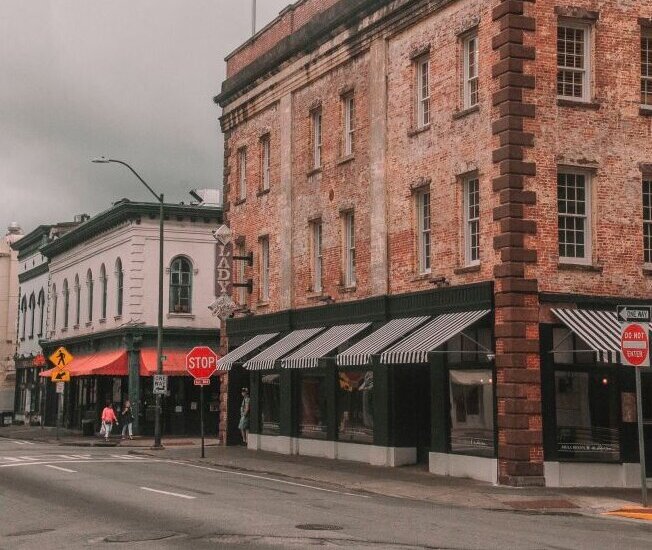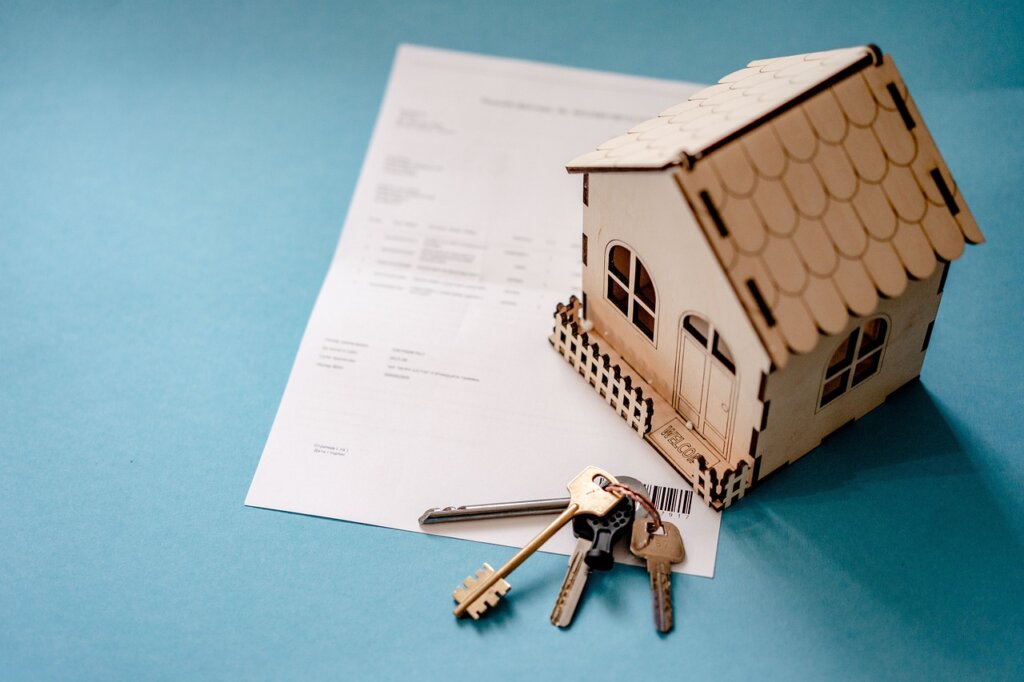Buy Back the Block: Examining Commercial Real Estate’s Potential to Boost Black Wealth

By Alyssa Haywoode
December 19, 2023
Most Americans don’t own commercial real estate — properties that include retail shops, warehouses, auto repair shops, hotels, and owner-occupied doctors’ and dentists’ offices — but there’s a new research project that’s promoting commercial real estate (CRE) ownership as one possible strategy for helping close the country’s racial wealth gap. Granted, just increasing CRE ownership in Black neighborhoods would be far from enough to close large racial wealth gaps. But neither would any other single strategy, so it’s worth investigating any opportunity to make a difference, even if it’s on the margin.
According to Brookings, a Washington, D.C., think tank, “Only 3% of Black households own nonresidential CRE, compared to 8 percent of White households. For households that do own CRE, the average White household owns $34,000 of it, compared to just $3,600 for the average Black household.”
In addition, Brooking found that “Black wealth disproportionately relies on housing: The share of national wealth Black people own is three times higher for owner-occupied real estate (6%) as it is for nonresidential commercial real estate (2%).”
“This is a major missed opportunity for Black wealth-building, given that nonresidential CRE generated $512 billion in revenue in 2020.”
This pattern of limited ownership among Black households contributes to the wealth gap between Black and White families.
To understand CRE’s potential, Brookings Metro has set up the “Buy Back the Block Lab,” a project to explore what happens when “a cohort of community-based, mission-driven investors” in Baltimore, Cleveland, and Detroit “purchase commercial real estate in corridors within majority-Black neighborhoods.”
There are, however, significant obstacles. One is that Black buyers have less access to capital—something that our 2021 report The Color of the Capital Gap: Increasing Capital Access for Entrepreneurs of Color in Massachusetts explores in more depth. As Brookings researchers Tracy Hadden Loh and Andre Perry wrote in Bloomberg last year, “racial disparities in commercial property ownership impede Black entrepreneurship, since most Americans who start businesses use their personal wealth — chiefly the equity tied up in property.”
Another challenge is the chronic devaluation of commercial real estate in Black neighborhoods. Brookings researchers have found that “storefronts and shopping centers in communities with higher shares of Black residents are valued measurably lower than otherwise comparable properties in communities with fewer Black residents.”
“After accounting for predictors of CRE value, we estimate that retail space is undervalued (as directly measured by asking rents and holding capitalization rates constant) by 7% in majority-Black ZIP codes,” which means these properties collect less rent and generate lower tax revenues. Brooking’s estimates that this undervaluation results in a wealth loss of “$171 billion in retail space for the owners of these properties.”
Yet, this devaluation is not uniform across American metros. “In nine of the 20 largest metropolitan areas, we find a negative relationship between Black residency and retail values,” meaning retail values are lower in majority Black zip codes. However, “The effect is only significant in Chicago, where there is a 20 percent drop in retail rent per square foot in majority-Black ZIP codes compared to those with less than 1 percent Black population.”
This suggests that while purchasing commercial real estate could be a difficult way to build wealth in Chicago, it could work in places where Brookings is running its lab, like the Baltimore and Detroit areas — as well as in Greater Boston, where estimates suggest that racially-based devaluation of retail properties may be less prevalent.
With the lab program, Brookings ultimately wants to understand if increasing the proportion of Black commercial real estate ownership can: “increase the wealth of individuals and the community; increase community safety; and empower black communities to fight against devaluation.”




